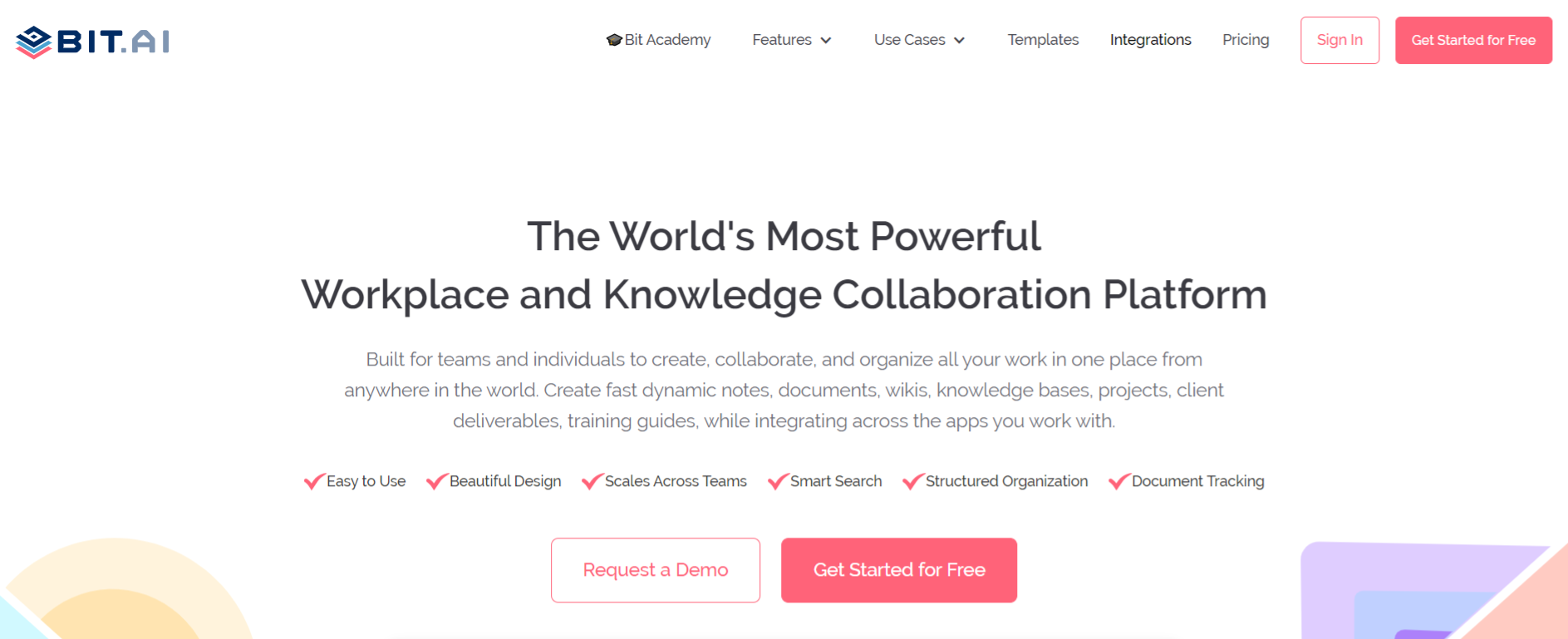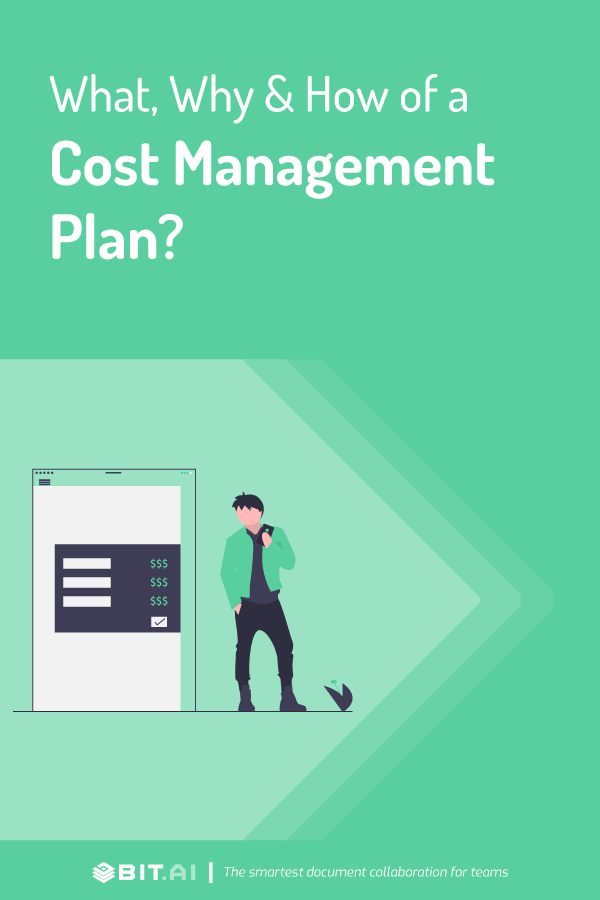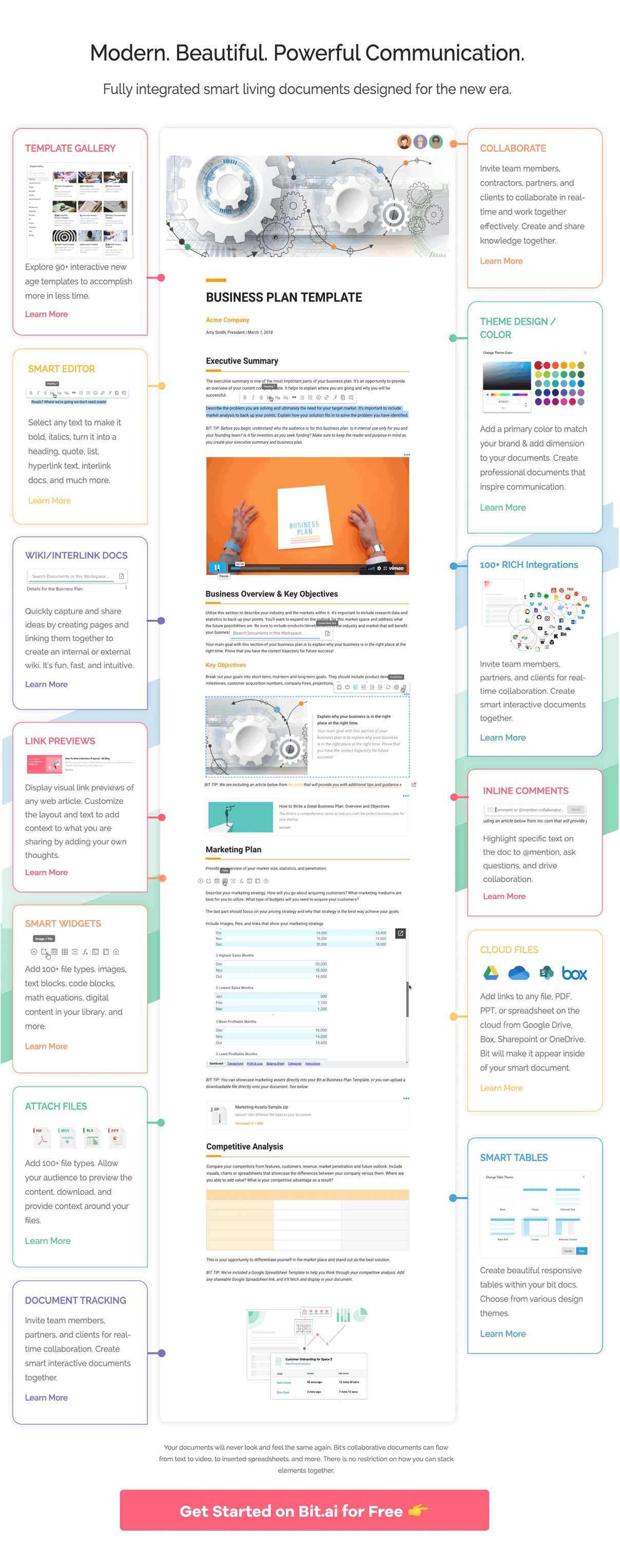Today, over-budgeted projects have become the norm for many businesses. In fact, according to Harvard Business Review, on average 1 in 6 projects face a cost overrun by 200% and another survey by PMI suggested that only 57% of the projects get finished within their initial budgets! Believe it or not!
Cost overruns can occur due to various reasons such as unanticipated change orders, supply chain issues, or unfavorable weather conditions that can create many challenging situations. They not only impact the project’s performance but also hinder the ability to execute future projects.
Hence, to keep the project on track and achieve its successful completion businesses largely depend on the abilities to adequately monitor, manage, and control costs, also known as the cost management process!
This process is one of the most crucial concerns throughout the life cycle of a project! Sound cost management powers you to make optimal use of your current resources, measure financial performance, and ensures a sufficient supply of funds, coming in from the right sources at the right time, to meet each project requirement!
This is why teams tend to create an effective cost management plan document that not includes cost planning for the project budget, but also addresses how costs will be effectively managed to the cost baseline and control costs.
We have put time and effort into creating an exceptional guide on how to create a cost management plan with steps that will help you manage your costs successfully with better control and less chaos!
What is the Cost Management Plan? (Definition)
A cost management plan is a document that outlines the project’s estimation, allocation, and control of costs for the various resources to complete all project-related tasks. The project’s cost management plan configuration plays an essential part in the planning phase and effectively works as a safety net that guarantees that all expenses are kept within the limits of the budget.
 It even helps the project manager set cost controls that help them minimize the chance of the project going over budget. All in all a cost management plan in typical terms examines how the project costs are planned, funded, and controlled during the project management cycle!
It even helps the project manager set cost controls that help them minimize the chance of the project going over budget. All in all a cost management plan in typical terms examines how the project costs are planned, funded, and controlled during the project management cycle!
Cost Management Plan Answers Two Main Questions:
- “How will you go on planning costs for the project?”
The cost management plan will guide you on how to find estimated costs for each project activity, each deliverable, and how to frame the overall project budget respectively.
- “How will you monitor and manage the project to the cost baseline?”
Once the process of setting a project budget is completed, the cost baseline is taken into consideration. Initially, the cost baseline represents the cost estimates of the whole project. If there are no approved change requests or no changes in the project, it is expected that the estimated project budget is perfectly forecasted. The cost management plan will guide you on when to spend, what to spend during the project, and make sure you meet the determined project budget.
Read more: Change Management Plan: What, Why, and How to Write?
Why Create a Cost Management Plan?
Implementing a cost management plan for projects can help your business keep its overall budget under control and monitor an increase in profitability.

Below is a list of benefits on how an effective cost management plan in the project management framework aims to monitor and control the costs to meet the determined budget.
- It controls the costs of the specific activities/processes which in turn helps in gaining power over the complete business budget
- With a proper cost management plan, you will be able to accurately estimate the future expenditure and thus put your efforts towards generating the expected revenues.
- The cost management plan also helps in pre-defining the costs of all the project activities which are then maintained as business records.
- It prevents the over expenditure on any one business component and thus maintains the budget balance.
- Cost management plans assist you in prioritizing your project activities by strictly limiting the financial flow. Because of this, you will focus more on the activities that are actually needed in the project.
- It also minimizes the extra expenses as all the expenses need to be approved by the manager before they are actually made.
Read more: Risk Management Plan: What, Why, and How to Write?
5 Steps to Create a Cost Management Plan:
The cost management plan is the primary result of the project cost management process. It explains how project managers govern the project budget and cost. 5 major steps involved in this life cycle costing are:
Step 1. Estimate cost for managing project
The main aim of cost estimation is to indicate a realistic estimate needed to complete the project. The cost management plan serves as an input to the cost estimation process.
It quantifies all the expenses associated with the resources required to execute the project along with the planning phase. Also, project managers have to consider multiple factors before the cost estimation process such as fixed, variable costs, overheads, time value of money, and inflation.
Step 2. Cost Budgeting
Cost budgeting means calculating the total costs of the project in order to decide the amount of funding that the business needs to carry out the project. Inputs required for budgeting the total costs are project schedule, scope baseline, organizational process assets, and activity cost estimates.
In budgeting the total costs for a project, a manager needs to perform risk management activities such as establishing a cost baseline which represents the funds the project manager has the authority to control and manage. Meeting the cost budget will measure the project’s success while controlling costs and, controlling the overall project.
Step 3. Cost Control
Cost control is majorly concerned with cost variance against the cost baseline. It is an important step that ensures that costs are carefully monitored and controlled. The cost control is performed consistently throughout the project lifecycle and can be conducted with more frequency as project costs increase. A project controls analyze and proactively influence the factors that lead to cost reduction and cost monitoring against what was planned.
Step 4. Performance Measurement
As all projects are expected to have specific goals and productivity is not always equal to performance, this is a step for measuring completion of tasks and its gained value must be arranged upfront with the outcomes.
In terms of how the progress of each task is to be considered based on its cost, it is necessary to define these from the planning process, as human resources and salaries usually hold the largest portion of a project’s budget.
Step 5. Reporting Formats
Initiating reporting protocols, their frequency, and format through all steps of a project cost management plan are of primary importance, especially when you consider the document to be a crucial section of the project management cycle, along with the fact that reporting can be extremely useful in detecting deviations from the original budget.
Create Your Cost Management Plan With Bit
Now that we know the steps and the potential benefits of a cost management plan, its time to craft one that is going to optimize the process of project management and set up successful project delivery using the best project management software in the market called Bit!
Bit is a could-based documentation and collaboration tool that serves as a central hub where collaborators, content, and knowledge can be accessed in one all-inclusive document.
 Project managers can use Bit to create cost management plans, project documentation, project schedules, cost baselines, along with real-time collaboration with teams, and store all project assets in one place for easy and fast access.
Project managers can use Bit to create cost management plans, project documentation, project schedules, cost baselines, along with real-time collaboration with teams, and store all project assets in one place for easy and fast access.
Users can simply export their plans as PDFs, Markdowns, Word files, and much more. Bit’s sleek, minimal, and distraction-free editor makes it the perfect tool for cost management plan documentation.
Some more features of Bit are:
- Content management capabilities
- Separate workspaces and guest access
- Real-time team collaboration
- 100+ Rich media integrations
- Document tracking and insights
- Multiple ways of sharing: trackable links, live embeds, and live state
- Comment and chat within documents
- Wiki/interlinking documents
Plan & Manage Your Project’s Costs Now!
Expect the best, plan for the worst, and prepare to be surprised.”-Denis Waitle
Most of your cost management plan is about managing the best throughout the project lifecycle!
Estimating your project costs and getting a precise reading before it kicks-off is one of the most essential components to ensure successful project delivery. The earlier you estimate an approximation of cost, the more farsighted you can be during the project lifecycle.
Further reads:
- 15 Most Important Financial KPIs You Should Be Tracking!Top 10 Financial Tools for Businesses in 2022!
How to Create an Effective Operational Plan for Your Business?
- Marketing Budget: What it is & How to Put it Together?




